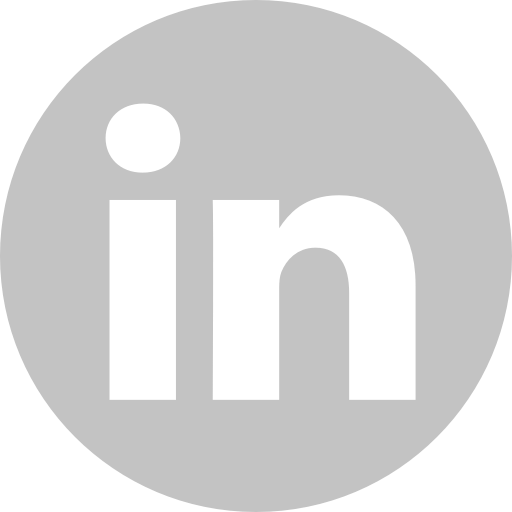Why Cash Flow Matters for Agencies
Cash flow is the lifeblood of every agency. Without consistent cash flow, even the most successful campaigns and high-value client projects can turn into a financial strain. Managing cash flow isn’t just about keeping the lights on—it’s about maintaining operational flexibility, fueling growth, and making strategic investments. But many agencies struggle to get real-time visibility into their financial health, leading to cash flow bottlenecks that can hinder success.
To help your agency avoid these pitfalls, we’ve outlined five proven strategies to optimize cash flow, improve profitability, and gain greater financial control. By leveraging advanced financial management tools like Accountability, agencies can gain deeper insights and streamline operations, leading to more predictable and healthy cash flow.
1. Implement Integrated Financial Systems for Real-Time Visibility
One of the most common reasons agencies experience cash flow issues is a lack of visibility into their financial data. When key financial data is fragmented across multiple platforms—such as separate systems for job management, invoicing, and accounting—it’s difficult to get a clear picture of your cash flow status.
An integrated financial management system, like Accountability, consolidates all your financial operations into one platform, allowing you to monitor your cash flow in real-time. This comprehensive view helps you identify potential bottlenecks, like overdue invoices or pending purchase orders, before they become larger issues.
Tip: Use a platform that provides real-time dashboards and customizable reports, so you can easily see where your money is tied up and take action immediately.
2. Streamline Invoicing and Improve Payment Processes
Delayed invoicing and lengthy payment cycles can wreak havoc on your cash flow. Often, agencies delay invoicing until a project milestone is completed, which can result in long gaps between cash inflows. To prevent this, consider setting up automatic billing and periodic invoicing—such as bi-weekly or monthly—rather than waiting until the end of a project.
With Accountability, you can automate your invoicing process and set up reminders for clients, ensuring faster payments. The system also integrates with media finance and project management tools, making it easy to track billable hours and project expenses in one place. This minimizes manual entry, reduces errors, and accelerates your invoicing cycle.
Tip: Offer incentives for early payments, such as small discounts, to encourage clients to pay faster.
3. Enhance Budgeting and Forecasting Capabilities
Many agencies struggle with cash flow due to a lack of proper budgeting and forecasting. If you’re not anticipating future cash needs, it’s easy to run into cash shortages during slow periods. Accountability’s budgeting and forecasting tools allow you to build accurate financial models and predict cash flow based on historical data and upcoming projects.
This forward-looking approach enables you to plan for leaner periods, allocate resources efficiently, and avoid cash shortages. You can also set up scenarios to simulate the impact of adding or losing clients, hiring new staff, or adjusting project timelines.
Tip: Regularly review your budget and forecasts to ensure they align with your current business conditions and upcoming project pipeline.
4. Tighten Control of Work-in-Progress (WIP)
Agencies often have significant amounts of money tied up in Work-in-Progress (WIP) accounts. If these WIP balances aren’t managed correctly, they can lead to cash flow gaps. With Accountability, you have complete control over WIP management, allowing you to monitor estimated vs. actual expenses in real-time and track all project costs down to the job level.
By setting up automatic alerts for when WIP costs exceed a certain threshold, your finance team can ensure that no project goes over budget and that all billable expenses are accurately captured and invoiced. This proactive approach not only improves cash flow but also helps in maintaining healthy project margins.
Tip: Implement approval gates at key phases of the project to ensure that every cost is accounted for and no budget overruns occur.
5. Optimize Resource Allocation and Utilization
Underutilized resources are a hidden drain on cash flow. If team members are not being allocated to billable projects or are spending time on non-revenue-generating activities, it can significantly impact your bottom line. Accountability’s resource management capabilities help agencies track employee utilization, identify gaps, and allocate resources more effectively.
The platform’s time tracking and job management features provide visibility into where your team’s time is being spent, ensuring that every hour is maximized for profitability. By optimizing resource allocation, you can reduce wasted time and improve overall cash flow.
Tip: Use Accountability’s utilization reports to identify underperforming areas and take corrective action by reallocating resources or adjusting project scopes.
Future-Proof Your Agency’s Cash Flow
Cash flow doesn’t have to be a constant headache. By implementing these five strategies—integrating your financial systems, automating invoicing, improving budgeting, tightening WIP control, and optimizing resource utilization—you can transform your cash flow management from reactive to proactive.
Ready to take control of your agency’s finances? Explore how Accountability’s comprehensive financial management platform can help streamline operations, provide real-time visibility, and empower your team to make data-driven decisions that lead to sustainable growth.


